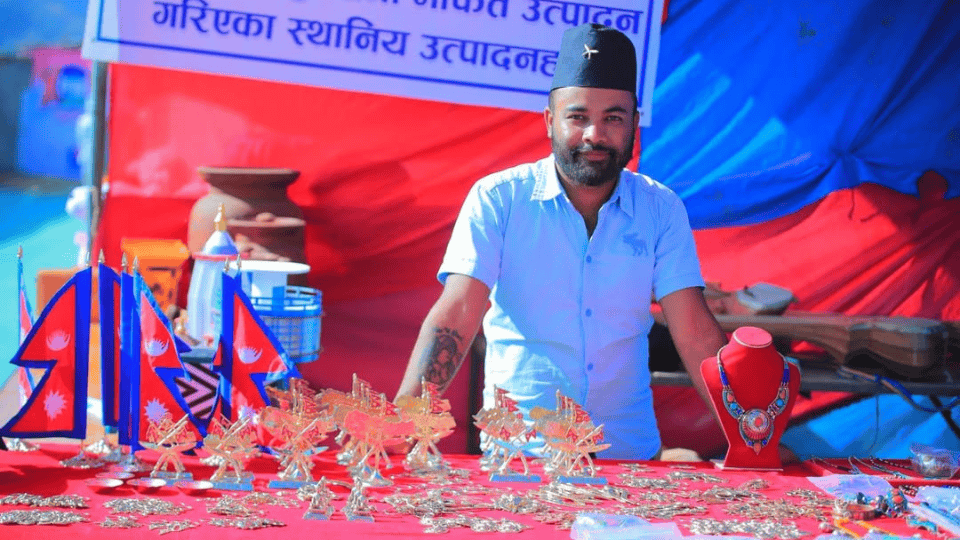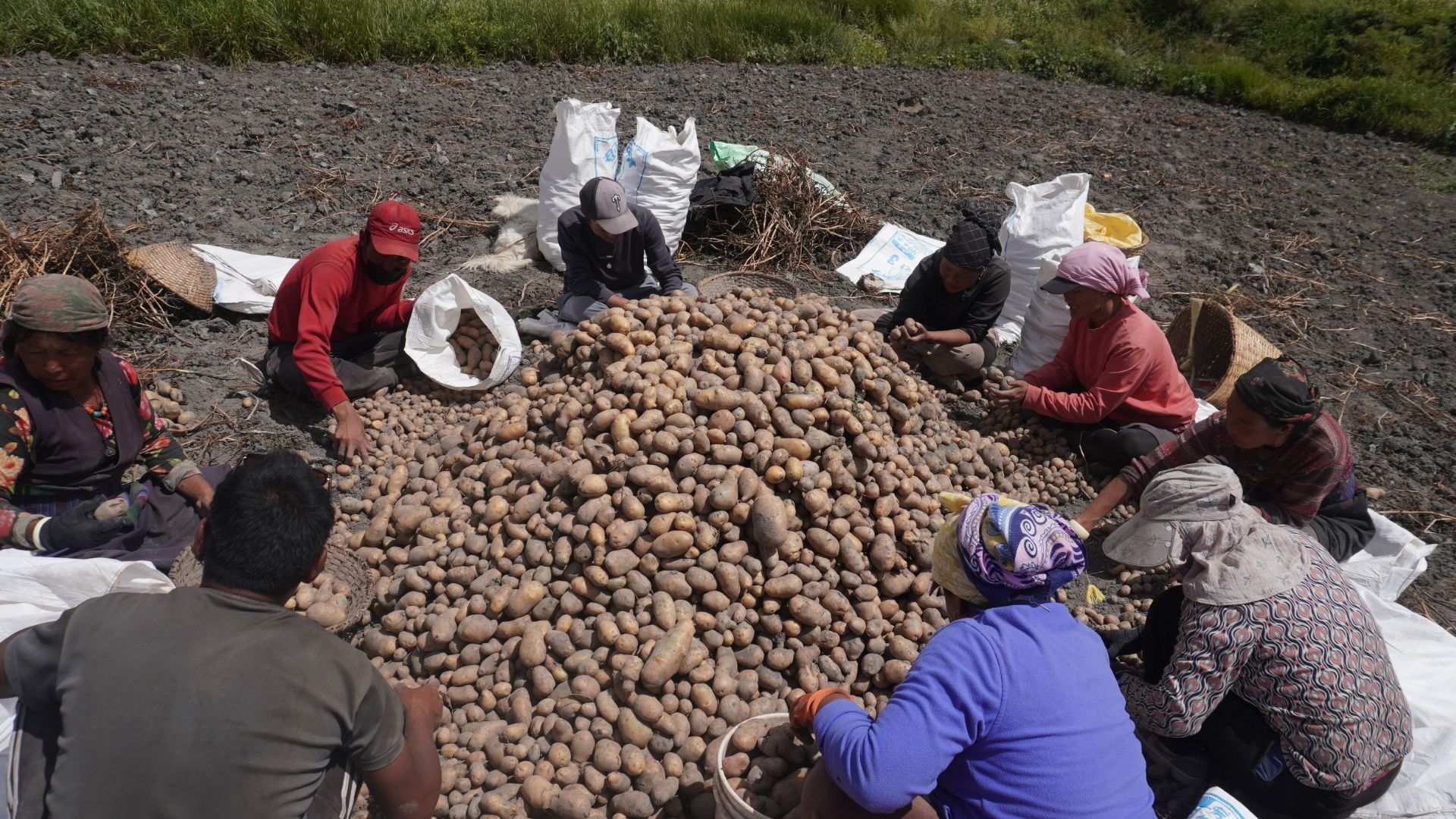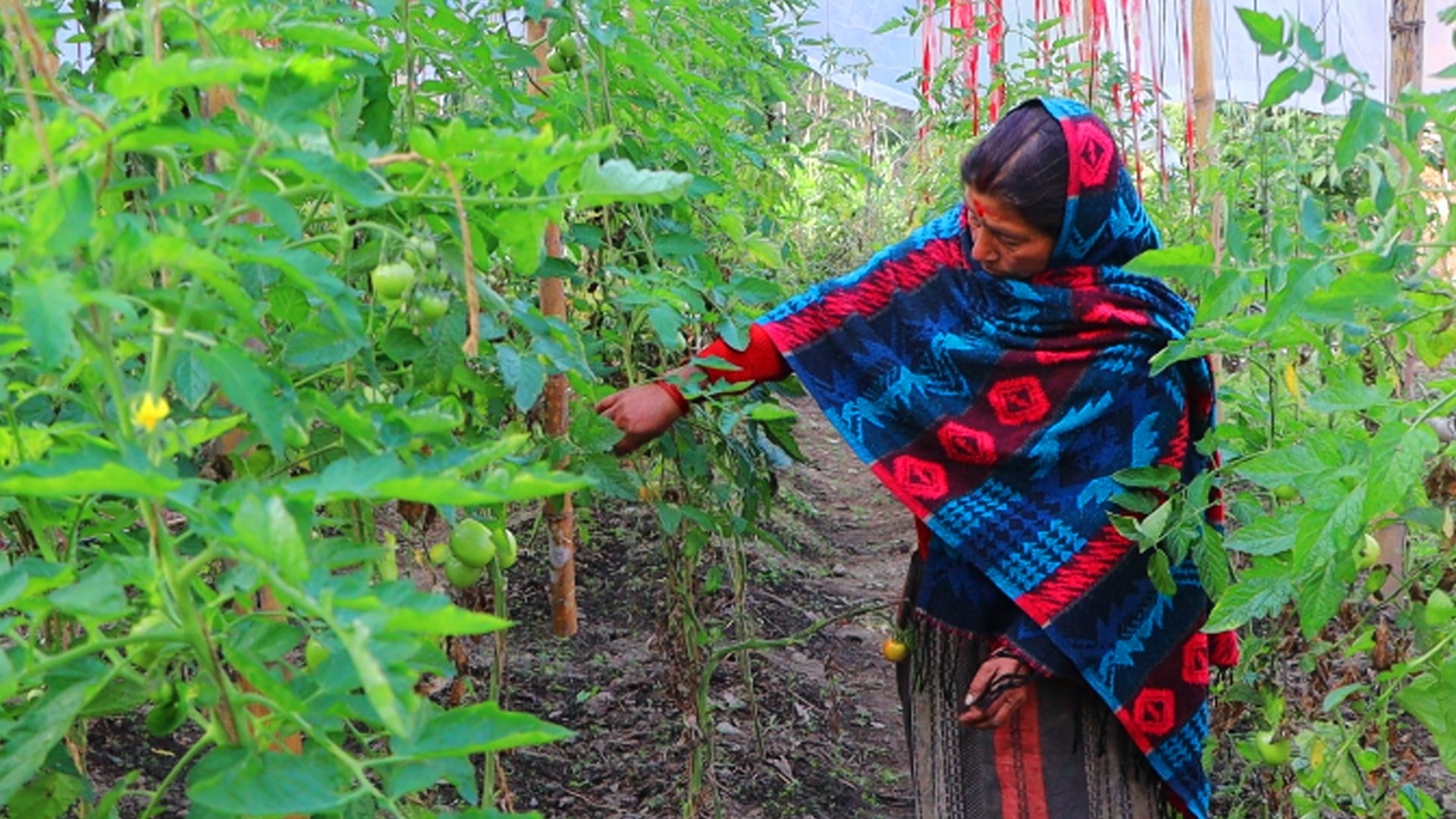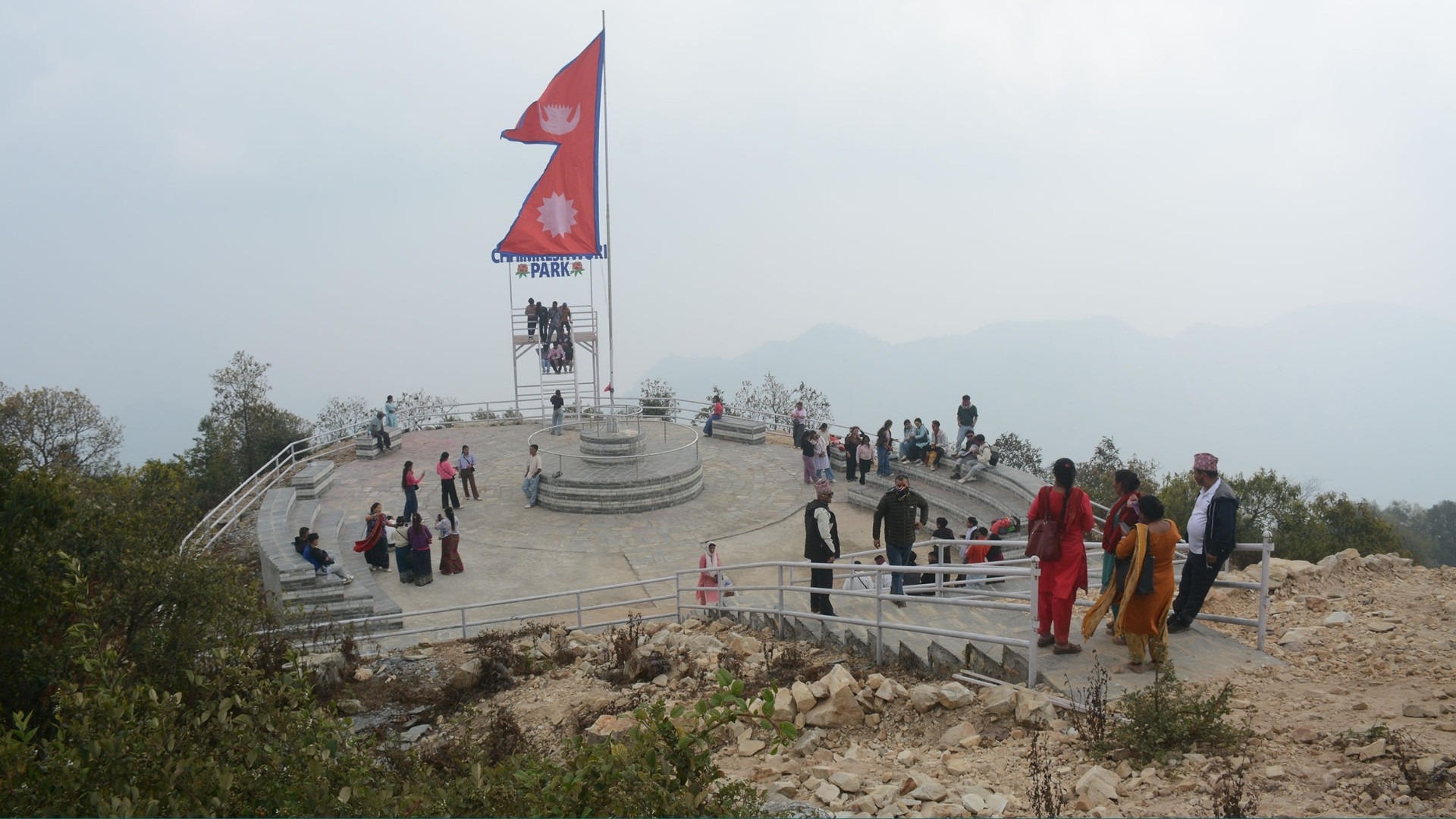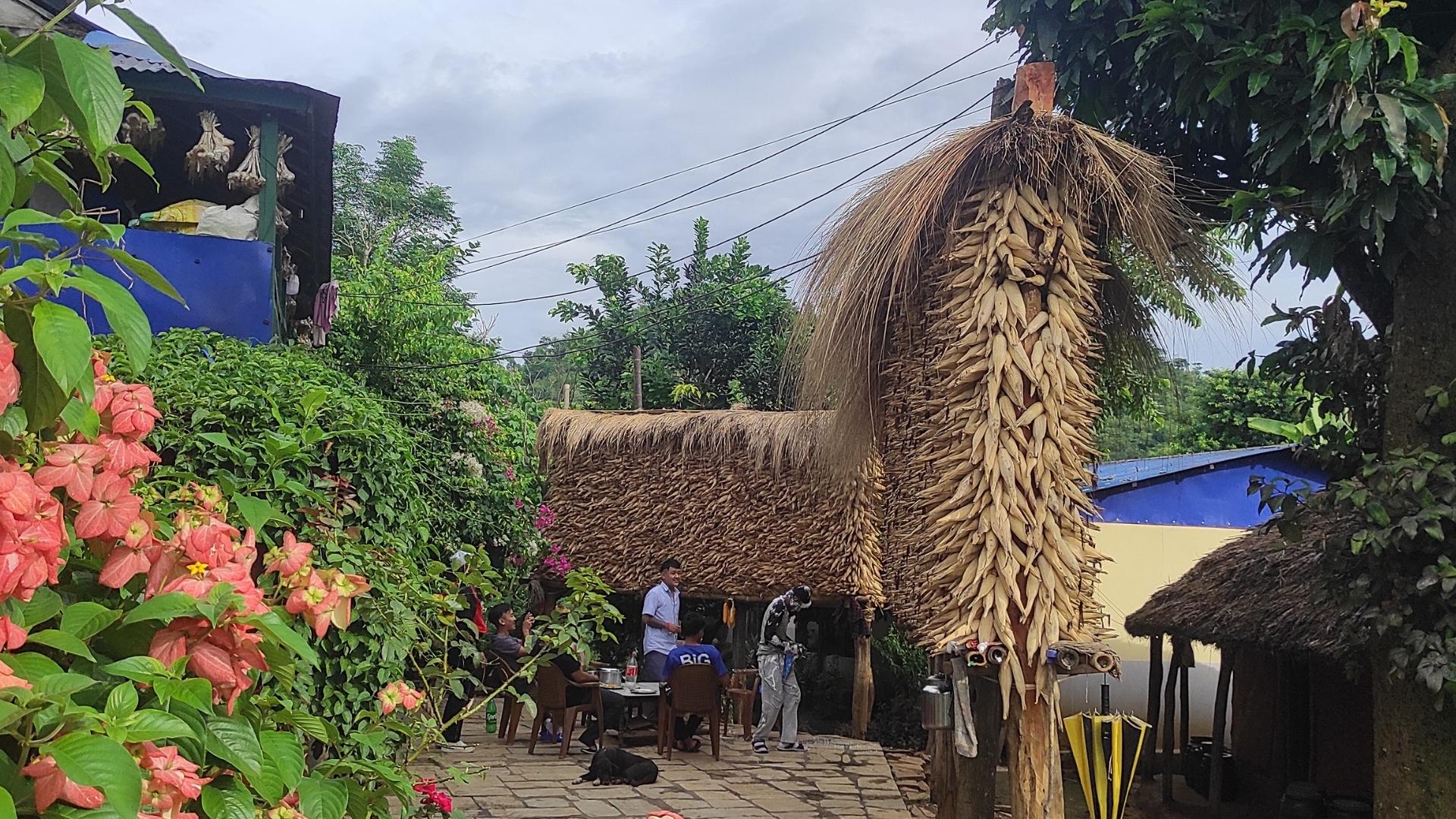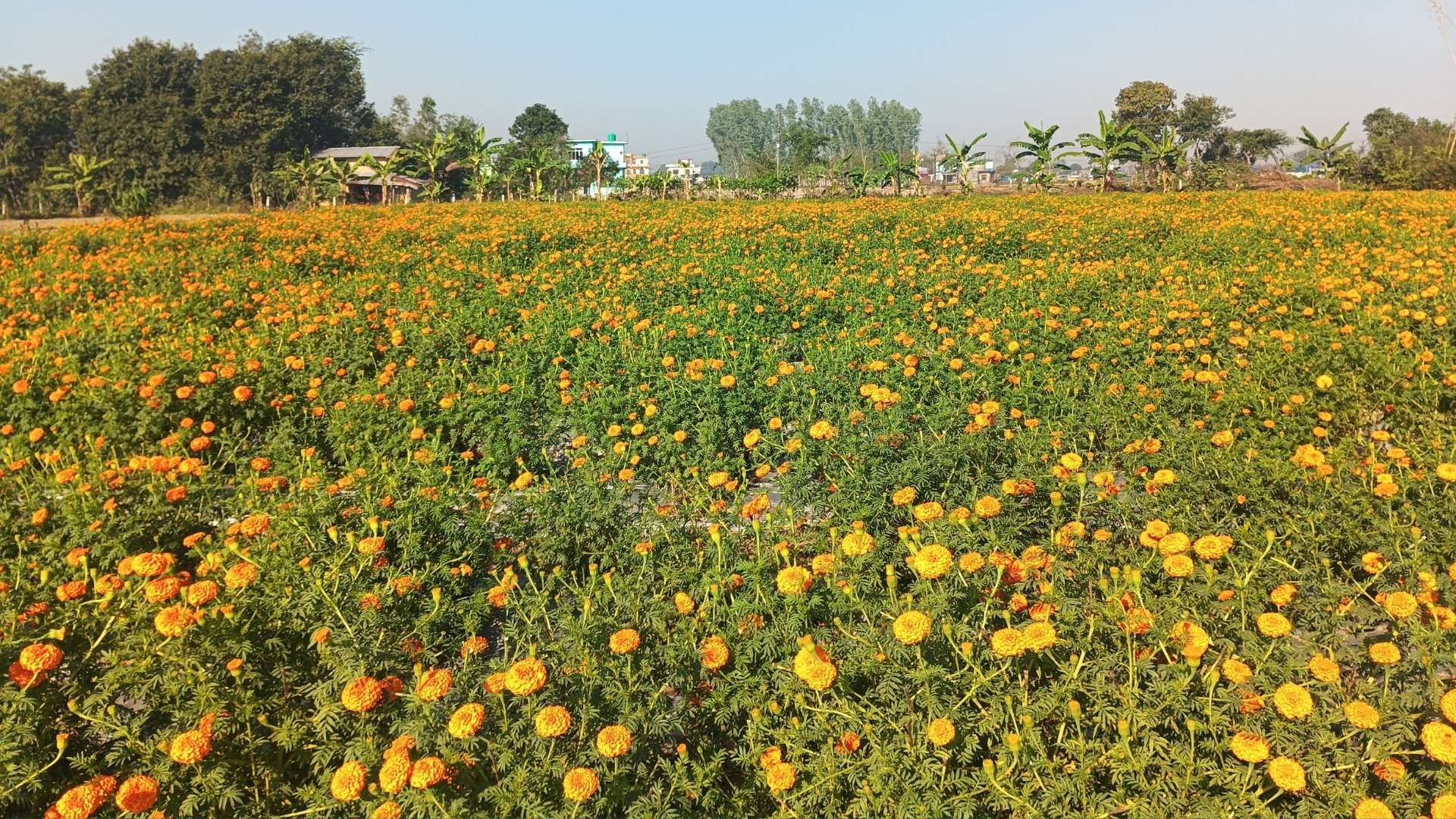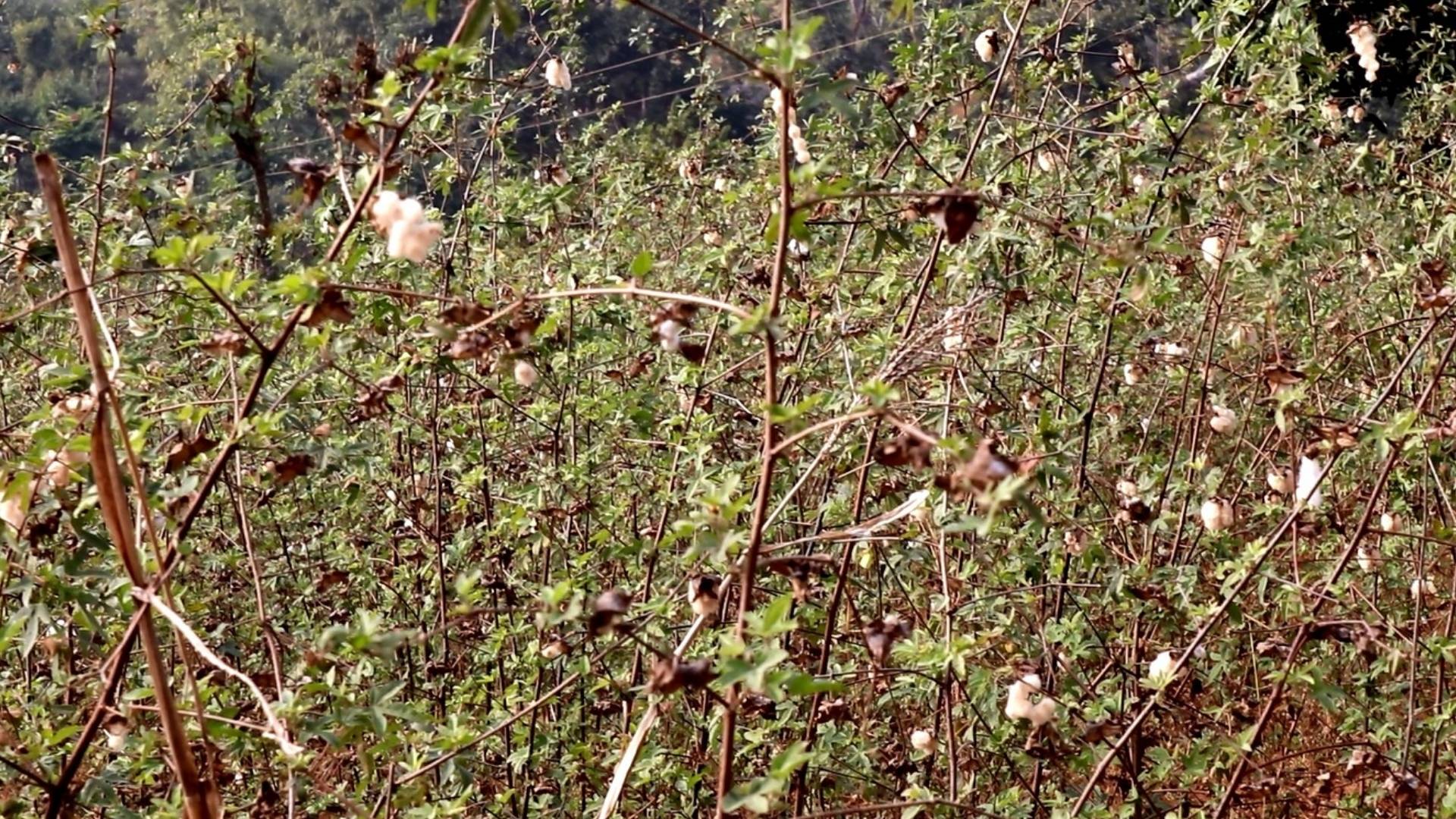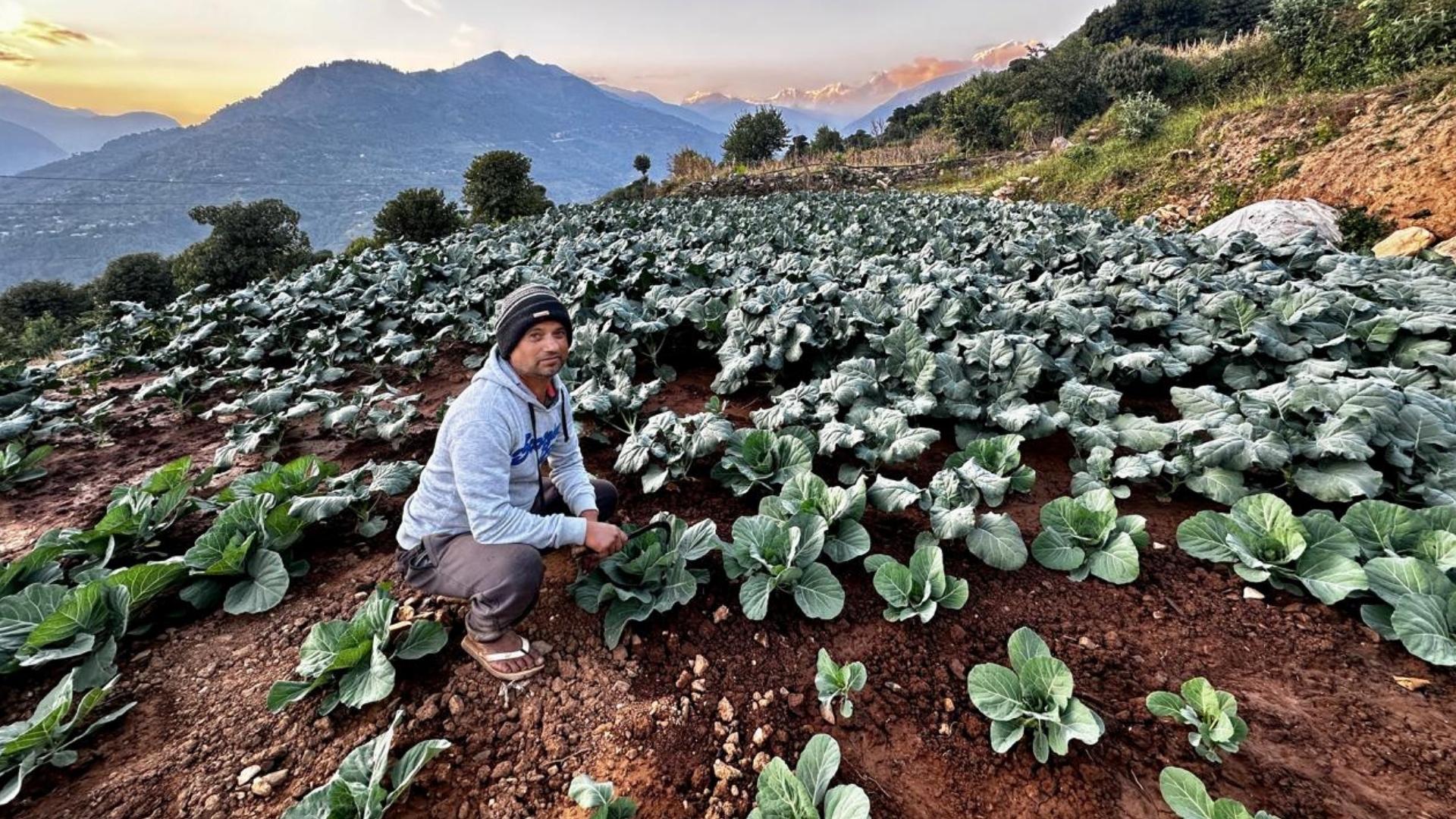Rice production, the district’s major food crop, has increased this year. According to the Agriculture Development Office, production has risen by 3.1 percent compared to last year.
Favorable weather, absence of major pests and diseases, lack of hail during harvest, and minimal impact from unseasonal rainfall contributed to a 3.1 percent growth in rice yield, said Office Chief Sanjiv Bastola. “Adequate rainfall during planting and growing periods, along with supportive weather during harvest, helped boost productivity,” he said. “The absence of pest infestations and hail further supported the increase.”
The office reported that the unseasonal rainfall in the second week of Kartik last year caused no significant damage to rice crops in Myagdi. Rice is cultivated across 3,806 hectares in the district. Last year, the district produced 13,663 metric tons at an average yield of 3.59 metric tons per hectare. This year, production increased to 14,087 metric tons, with an improved yield of 3.70 metric tons per hectare, Bastola added.
Agriculture Extension Officer Ganga Lamichhane said crop-cutting methods were used in various locations to collect production data. According to her, major rice varieties grown in the district include Gauriya, Gudura, Jetho Budo, Jarneli, Pahele, Marsi, Shankar, and US-312.
In the mid-hills, farmers grow the Ghaiya variety, which can thrive on sloped land without irrigation. Lamichhane noted that the cultivation of traditional varieties such as Ghaiya and Andi has declined in recent years as farmers increasingly prefer improved varieties.
Rice is cultivated in Ratnechaur, Jyamrukot, Arthunge, Pulachaur, Singa, Baranja, Babiyachaur, Kuhun, Arman, Darbang, Takam, Ghatta, Patlekhet, Piple, Bhagawati, Ghar, Narchyang, Dana, and surrounding areas. Due to cold temperatures, rice is not grown in Gurja and Lulang of Dhaulagiri Rural Municipality, and in Shikh and Ramche of Annapurna Rural Municipality.
Dhruba KC of Sim, Mangala Rural Municipality-2, reported producing 110 muri of rice this year. He said favorable weather helped increase production, compared to 100 muri harvested last year.
The Gandaki Province Government has been implementing programs to promote rice and other food crops. Last year, the program had a budget of Rs. 1 million, which has been increased to Rs. 1.5 million for the current fiscal year. The program supports irrigation, infrastructure expansion, and mechanization.
Farmers reported no shortage of chemical fertilizers this year, thanks to quota-based supply and distribution managed by local governments. Declining cultivation of traditional crops, limited expansion of farmland, and workforce shortages remain major challenges for rice farming in the district.






